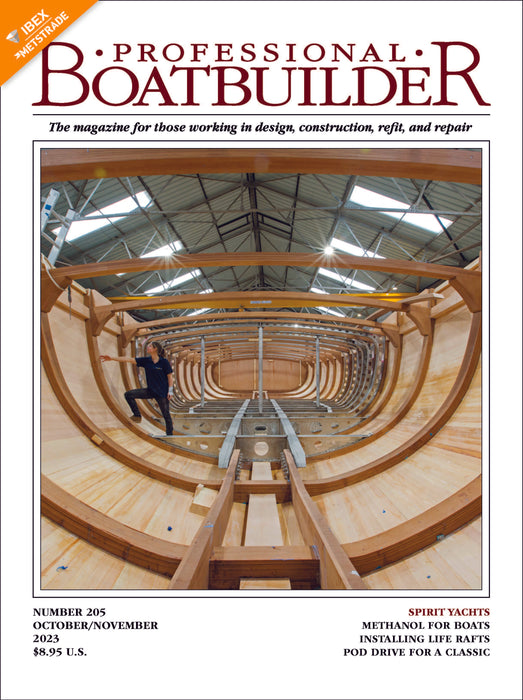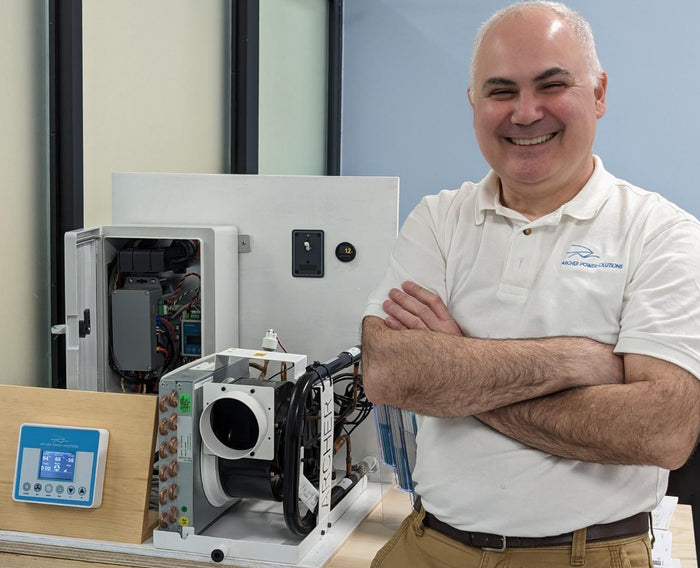When we purchase a product, we usually tend to follow the general maintenance guidelines. But sometimes we have to pay extra attention to maintenance of certain key components of the product. For marine air conditioners, the evaporator is one of these (If a compressor is the heart of the unit, the evaporator is the lungs!)
In the marine environment, evaporators are subject to different conditions, higher humidity, a much higher temperature variance, and salt! The evaporators have fins that are made out of aluminum, with copper pipes passing through these fins that carry the refrigerant. These fins have a typical gap of 0.05”between them; an amount of space that easily gets filled with dust and other particulates in the air.
Over time, this build-up will prevent the air flow and heat transfer needed to cool or heat the environment. Let’s not forget that, in a cooling setting, the heat absorbed through these fins is used to evaporate the refrigerant passing through. If the fins are covered with dust, not enough heat will pass through and the unit will begin to give the impression that ‘it is not cooling enough’! Hence, we go out and buy a new unit, thinking that the current unit is old or not working.
A simple way to care for the unit is to either vacuum clean the fins occasionally or use an air duster (like those canisters used for electronics, keyboard cleaning etc) with a long nozzle. It will make a huge difference in the longevity and efficiency of your air conditioner and keep your money in your pocket.





